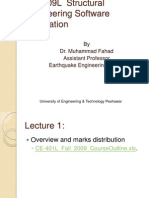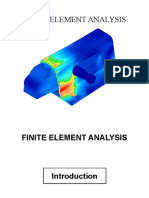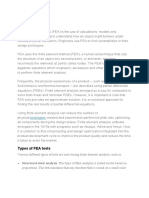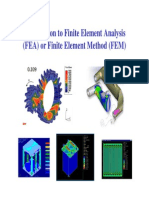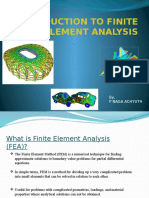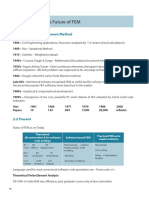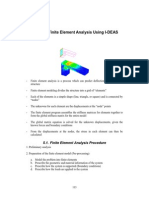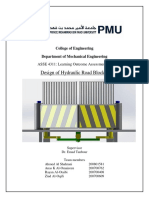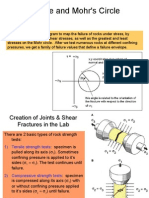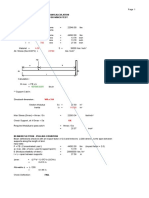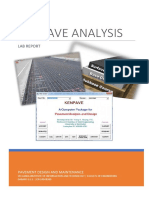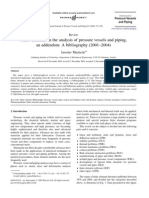0% found this document useful (0 votes)
41 views27 pagesIE360 - Lecture 08 - Finite Element Analysis
Cad cam
Uploaded by
ٰ MJCopyright
© © All Rights Reserved
We take content rights seriously. If you suspect this is your content, claim it here.
Available Formats
Download as PDF, TXT or read online on Scribd
0% found this document useful (0 votes)
41 views27 pagesIE360 - Lecture 08 - Finite Element Analysis
Cad cam
Uploaded by
ٰ MJCopyright
© © All Rights Reserved
We take content rights seriously. If you suspect this is your content, claim it here.
Available Formats
Download as PDF, TXT or read online on Scribd
/ 27







